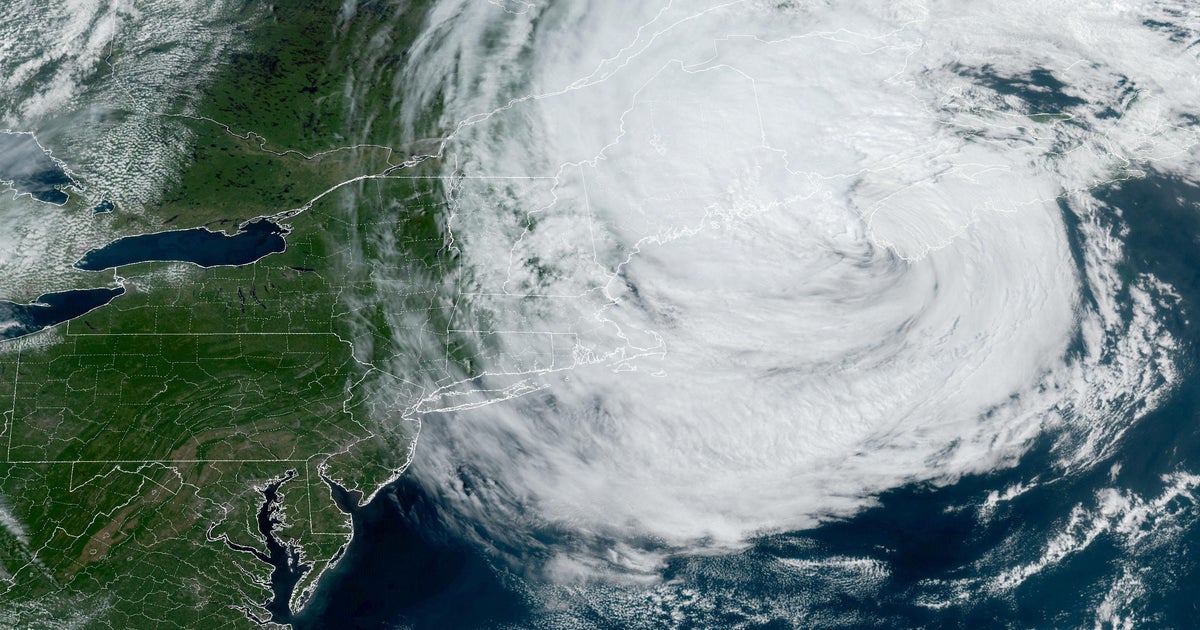
Lee made landfall with near-hurricane strength in the Canadian province of Nova Scotia on Saturday as a post-tropical cyclone, the U.S. National Hurricane Center said. The storm had maximum sustained winds of 70 mph, just below the 74 mph threshold for a Category 1 hurricane, according to the agency.
The onetime hurricane moved up the Atlantic Ocean this week, threatening the U.S. East Coast with life-threatening surf and rip currents.
On Saturday, Lee was lashing parts of New England with heavy rain and powerful winds and causing dangerous storm surge.
Lee made landfall in far western Nova Scotia at around 4 p.m. EDT, the hurricane center said.
As of 5 p.m. EDT, the center of the storm was located about 80 miles south-southeast of Eastport, Maine, and about 150 miles west-southwest of Halifax, Nova Scotia, the hurricane center said.
In Massachusetts, Lee pounded coastal areas with gusts as high as 63 mph, CBS News Boston reports.
Gov. Maura Healey, who had declared various states of emergency for the storm, lifted the orders Saturday, saying on social media Lee’s effects on the state were “minimal.”
“I’m grateful for residents and public safety officials who have been responding to and preparing for severe weather and flooding throughout the week,” she said.
Ahead of the storm, lobstermen moved their boats and traps inland so they wouldn’t be damaged in rough waters.
“It’s the saying that I always say, if you don’t do anything, it’s going to be bad,” Jeffrey Richardson of Sandwich, Massachusetts, told CBS News Boston. “If you spend half the day hauling traps, bringing traps in, prepping your boat, it’s going to be minimal. And that’s what happened … much better being safe than sorry.”
